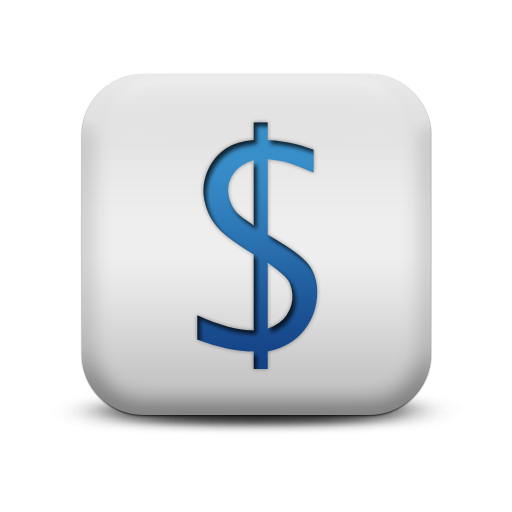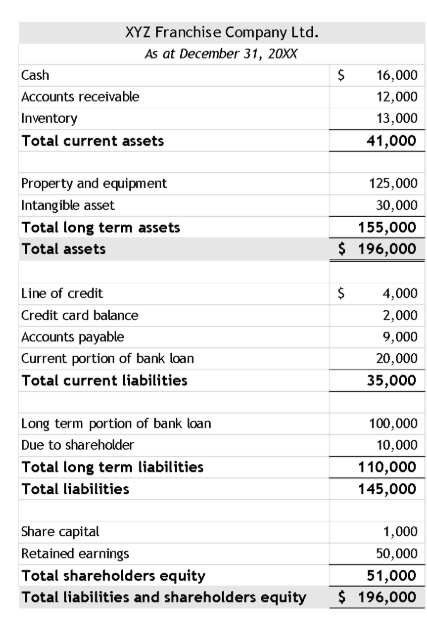

Deliberate falsifications on the part of shareholders, company owners, or accountants.īalance sheets can be essential for every company, regardless of size or operating industry, because of their many benefits.

Errors with inventory or exchange rate.Misplaced data (such as one number being put in a spot where it should be somewhere else).If for whatever reason, the numbers on a balance sheet do not balance, there are problems, which can include: Put more simply, the company's assets should equal liabilities and shareholder equity. Whether you're an investor or business owner, remember that a balance sheet should always "balance." This is where balance sheets get their names. Related: A Guide to the Top Three Financial Reports for Small Businesses Balance sheets should always balance These include debt-to-equity ratios and acid test ratios.Īlong with an income statement, an earnings report, and a statement of cash flow, an investor has everything they need to determine the state of a company's finances. Investors can use different ratios and formulas using the numbers on a balance sheet to determine a company's financial well-being. What the equity in the company is, which tells the potential investor whether investing in the company may provide them with profits later down the road.What the company owes in terms of debt or liability, which can tell the investor whether the company is a risky investment.What the company owns, and what its general profits are.For instance, if a potential investor wants to know whether a company is a good investment, they may request a balance sheet. How does a balance sheet work?īalance sheets provide clear-cut, mathematically accurate information about a company's finances for a given moment. The company has to pay for all these things by borrowing money (i.e., liabilities) or by taking value from investors (i.e., issuing shareholder equity). In a broad sense, every balance sheet's numbers should add up properly according to the following equation:Īssets = liabilities + shareholders' equityĪll of the company's remaining assets are the same as its liabilities, added with the equity from its shareholders. Equity can also decrease if a corporation issues dividends to shareholders.Īll three of these sections combined to tell you what the company owns, what it can turn into cash if it sells those things and what debt obligations it has or the money it owes. Note that equity may decrease if an owner takes money out of the company to pay themselves. Retained earnings, which can be calculated by adding up all revenue minus expenses and distributions.Capital in the business - this is how much money the owners have invested into the business.In any case, this balance sheet section should break down what belongs to business owners and the book or monetary value of any investments. It can be called shareholders' equity, stockholders' equity, owner's equity or similar names. It's any money currently held by the company. EquityĮquity is the other significant section of a balance sheet. You'll need to calculate all liabilities to complete balance sheet accounting equations, practice good bookkeeping and complete or calculate other financial ratios using programs like Excel or others. These are essentially long-term liabilities that don't have to be paid back or settled within the year and can include the following:

Liabilities can be broken down into current liabilities and non-current liabilities.


 0 kommentar(er)
0 kommentar(er)
